I’m a conceptual documentary photographer from Colombia based in NY. Having a background in biology, I am fascinated with the brain, human consciousness and its ability to expand and transform. I am interested in marginal spaces, that which resides outside of the status quo and is often excluded and defined by a rigid stigma. Growing up with a schizophrenic father, in an anxious family system and in a country that has normalized violence, I am drawn to how trauma affects our emotions and relationships. I am fascinated by the potential that art and social bonding offer to heal traumas.
My projects are research based and experimental. They invite chance, error, and collaboration to delve into human perception, memory and emotions. My work is driven by color and I like to create tension between artificial and natural elements to question the limits between subjective experiences and reality.
In June 2020 I graduated from the New Media Narratives program at the International Center of Photography in NYC as a recipient of the Mary Ellen Mark Memorial Scholarship and a Director’s Fellowship. I am a contributing editor for Fotodemic (www.fotodemic.org), X-photographer for Fujifilm Colombia and part of Native Photograph and Authority Collective.



Neuromantic
My name is Ana and I am a love addict. All my life, I have been consumed by anxiety and trapped in a loop of rejecting the partners who want me and obsessing over the ones who don’t. It’s been painful and exhausting. In march 2020 the Covid 19 pandemic severely hit NY and I was suddenly trapped in my apartment with myself.
This ignited a process of looking inward and creating a visual language to process my trauma and conflicting emotions around intimacy.
I exhaustively researched neuroscientific and psychological journals to understand connections between attachment, trauma, emotion regulation and addictions and how these factors affect intimacy.
I learned how infatuation relates to addiction and pleasure seeking in the reward system and about love’s analgesic effects.
Humans need meaningful social bonds in order to survive. The way we bonded to our caregivers and learned to overcome distress early in life, influences how we deal with conflict and attach to others. Some of us developed coping mechanisms where we learned to suppress our emotional needs (avoidant) or over activate them (anxious). Anxious and avoidant individuals attract and clash at the same time, enhancing their insecurities when conflict arises which plays out into dysfunctional dynamics.
I am currently collaborating with a data scientist and together we are designing an anonymous survey to assess how people experience emotions in relationships according to their attachment style. We will then analyze the data and collaborate with a designer to visualize our findings and the anonymously sourced answers in interactive ways. The motivation behind this is to provide a safe and anonymous space of expression which will also give us insight into the ways that people with different attachment styles feel and perceive their intimacy.
Through this interdisciplinary scrutinization of relationships, Neuromantic hopes to bring insight to others who find themselves in the contradiction of desiring a deep romantic connection but also pushing it away. The project delves into dysfunctional relationships to ultimately highlight why healthy relationships are essential for our well-being.
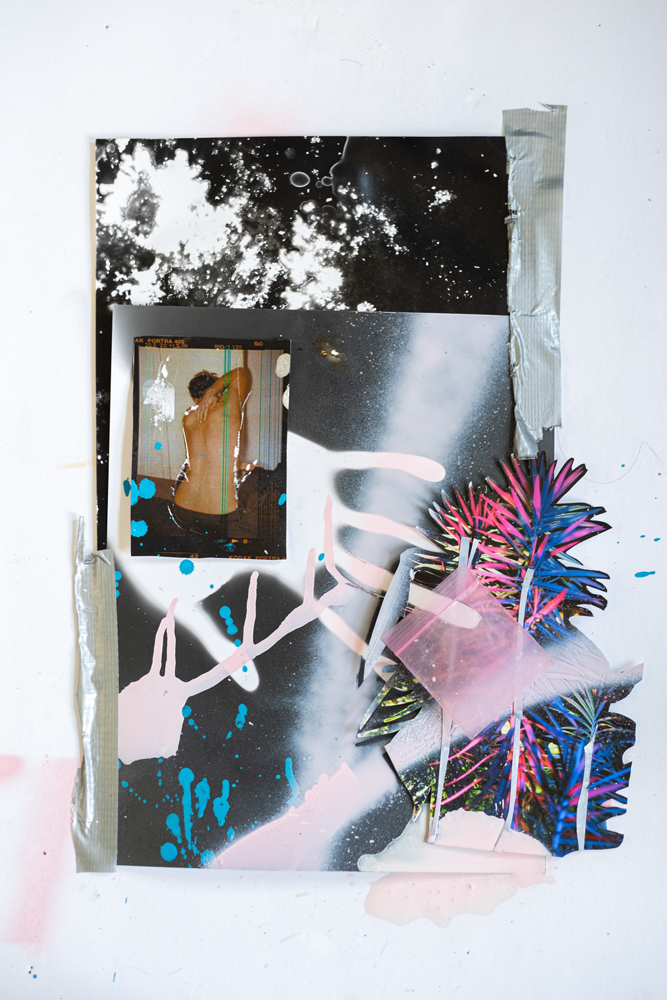



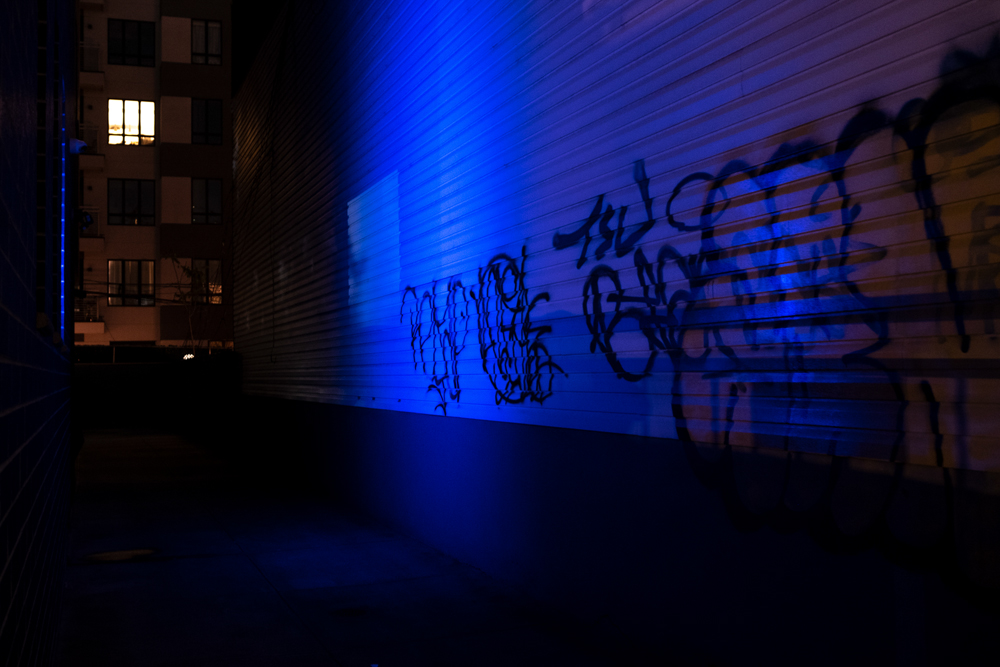





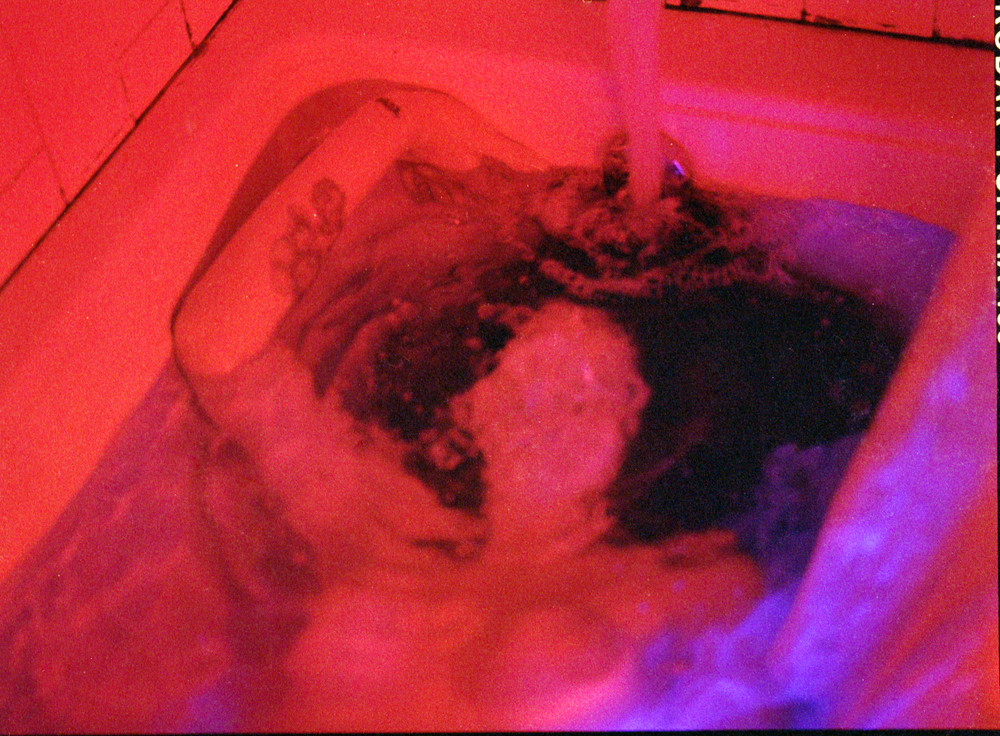


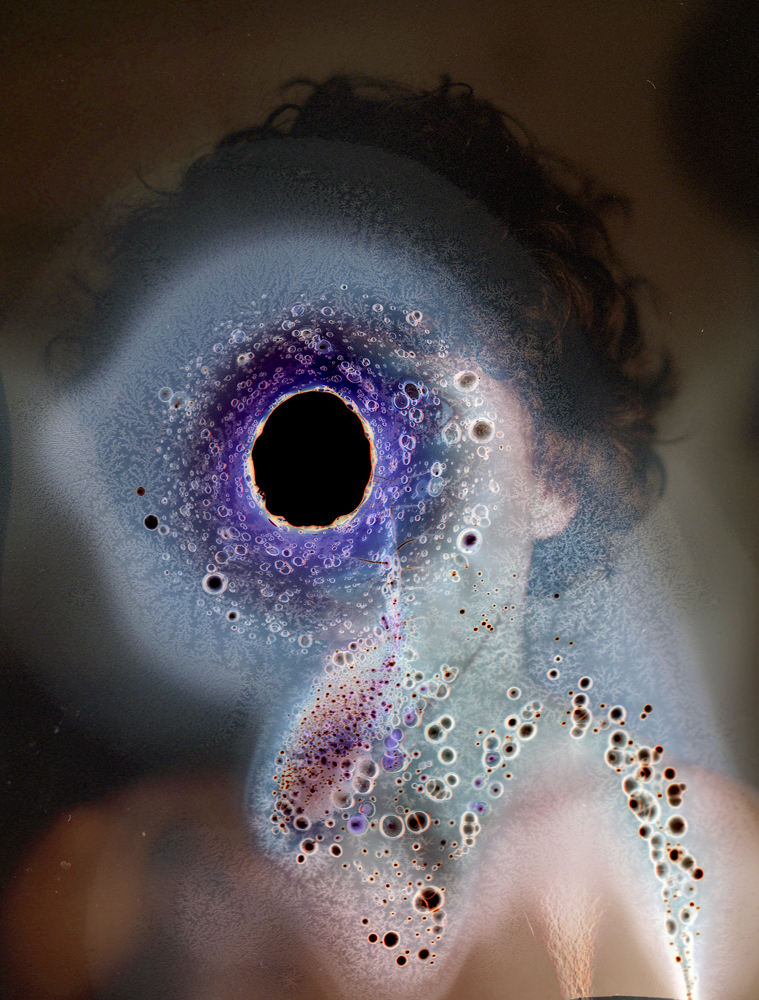


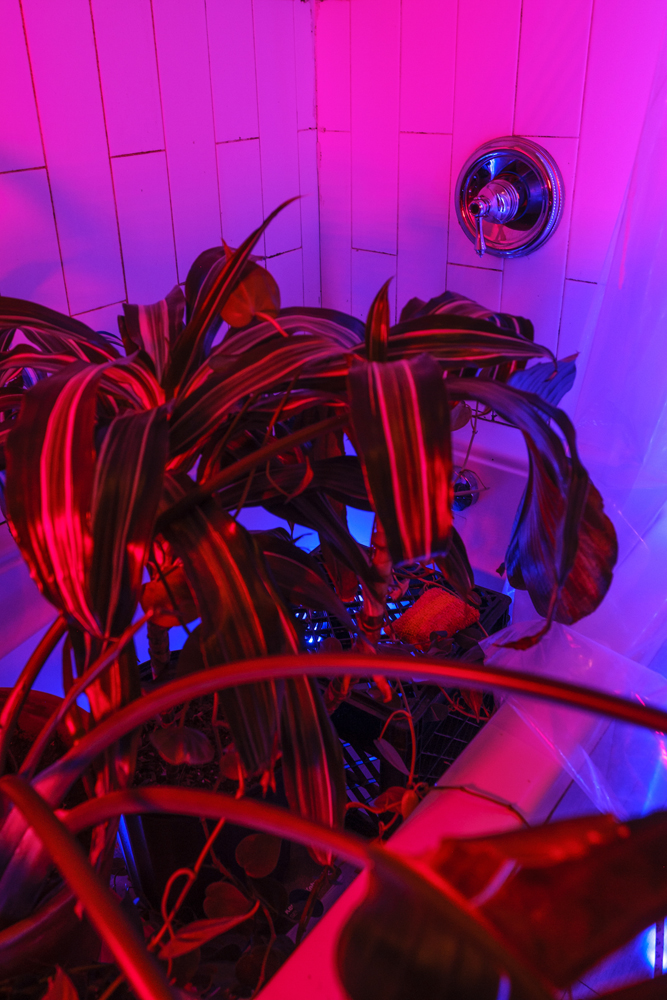
To view more of Ana Vallejo’s work please visit their website.